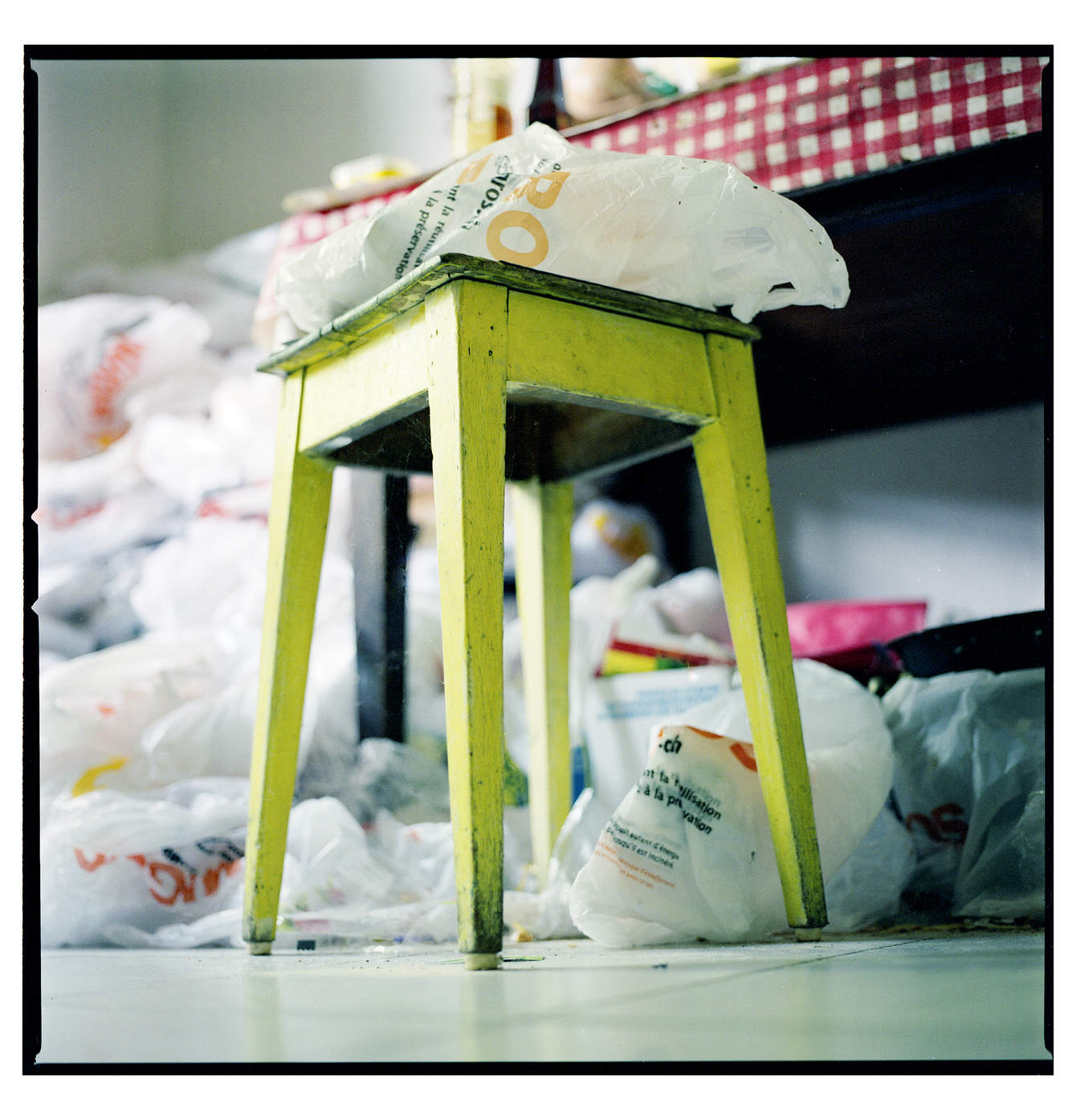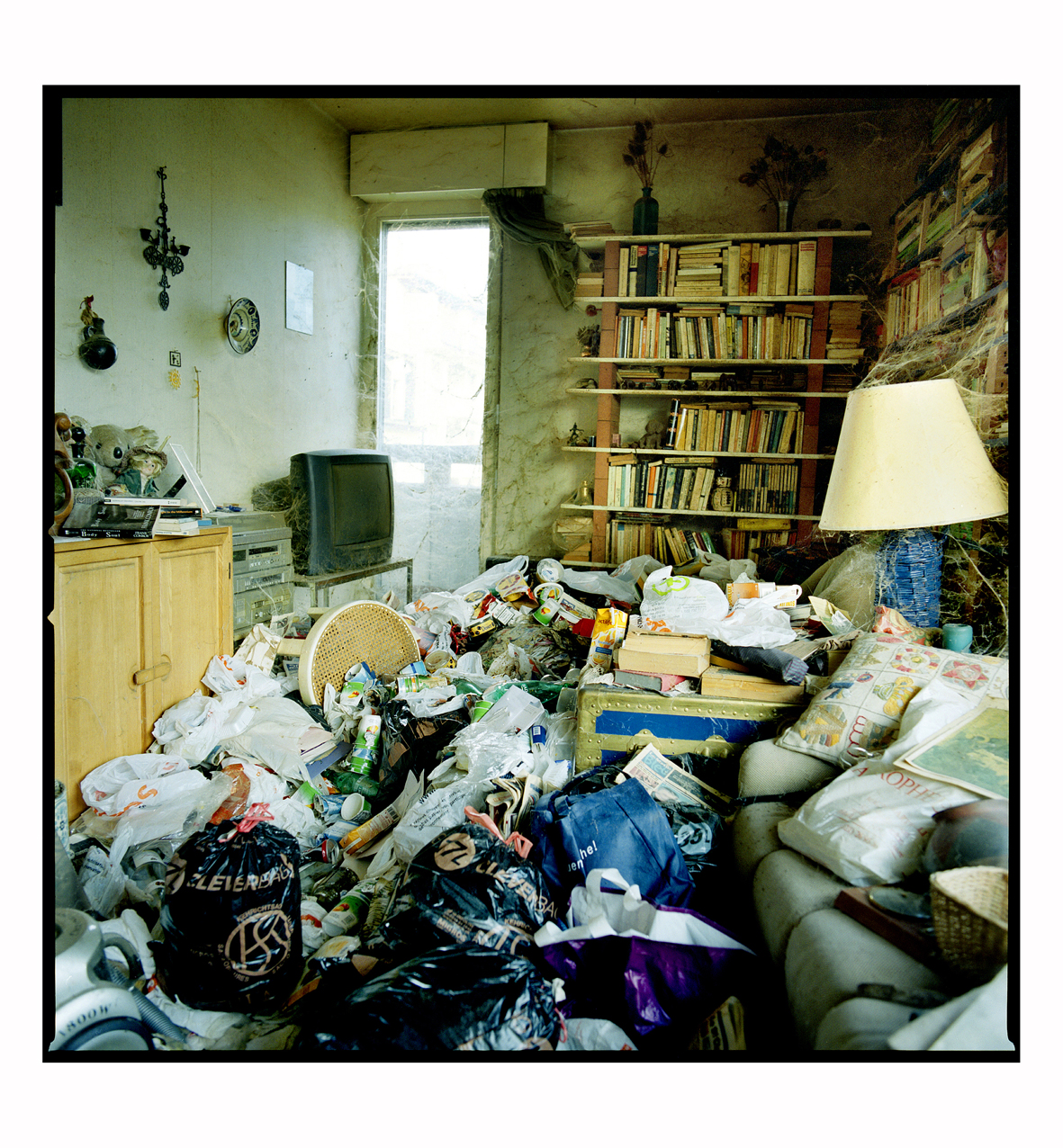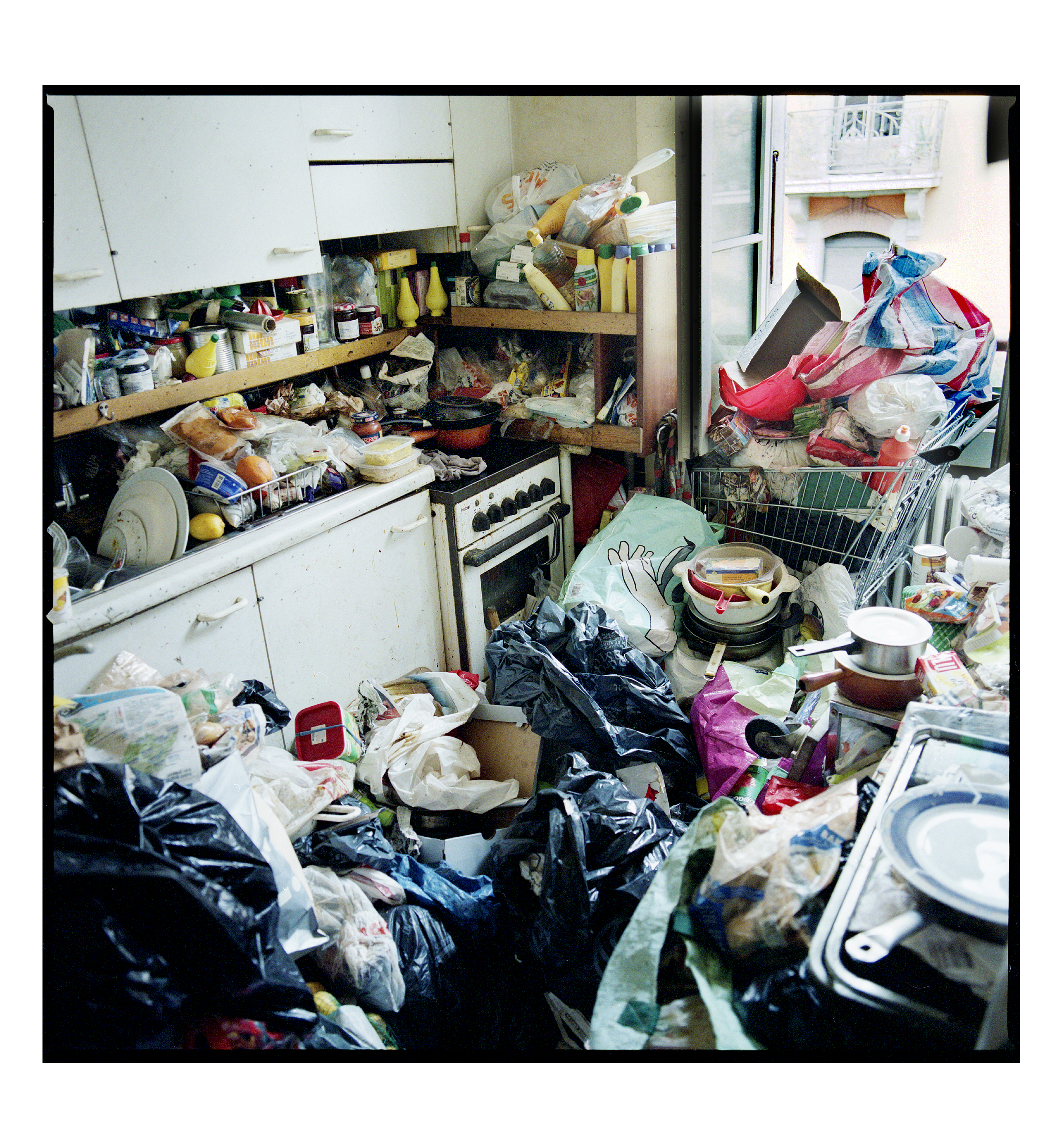
PILING UP UNTIL FALLING SICK
Publié il y a 2 mois
06.03.2025
Partager

When we think of Diogenes syndrome, the image of a crowded apartment often comes to mind. “A woman suffering from this disease was living on the armrest of her sofa, the only uncluttered place left in her home”, says Stéphane Morandi, Head of the Mobile Psychiatric Service at CHUV. However, the disorder is not systematically expressed by the pathological accumulation of objects. Some people do not hoard; they neglect their bodies completely, which can lead to health complications such as wounds or malnutrition. Others go through withdrawal and isolation. “These people are hostile to any contact”, says Benjamin Lavigne, assistant doctor at the CHUV’s Institute of Legal Psychiatry and author of a study on the subject.
Someone who does not seek help, despite living in untenable conditions, is a major criterion to assess whether they suffer from Diogenes syndrome. “No one affected by this disorder comes to consult on their own, explains Stéphane Morandi. The cases come to us after someone reports them, often because of unpleasant smells or litter overflowing on the landing.”
All social classes are affected
Diogenes syndrome affects 1 to 2 people out of 10,000 in industrialised countries, without distinction of gender. As for age, experts say that both seniors and young people in their 30s may be affected. Nevertheless, the prevalence increases with age. Contrary to popular belief, all social classes are affected. “Precariousness is not systematic. We also see people with the syndrome who have a lot of money because they don’t spend anything,” says Benjamin Lavigne.
The syndrome as a symptom
This disorder does not really exist as such, insofar as it often goes hand in hand with another psychiatric disorder. “Diogenes syndrome is more a description of symptoms observed than a psychiatric diagnosis per se,” says the expert. In many cases, it is associated with other disorders such as dementia, Alzheimer’s disease, psychosis, anxiety and mood disorders or cognitive delays.
Living alone and trauma are also risk factors. A family, marital or professional breakdown can trigger or aggravate Diogenes syndrome. The accumulation of objects can then be a way to fill a void and calm anxiety, explains Stéphane Morandi. However, a person with Diogenes syndrome is generally unable to say why they are hoarding things because they do not measure the abnormality of the situation. This alteration of judgment also means that the person can no longer maintain an objective view of their condition and the potential health hazards it entails.
The ethical issues of patient care
This lack of lucidity makes patient care, which is usually imposed, delicate. After someone reports a case, medical teams go to the person’s home. Patient care relies first on dialogue and help decluttering to ensure their safety. “We had the example of a person cooking on a wood fire next to an accumulation of flammable objects,” says Morandi. The crash team must find a balance between respecting individual autonomy and hazard management. "Throwing objects away can cause tremendous stress for those involved. Because for them, each object is important. That’s when we look for compromises."
Medically, it is a matter of treating associated disorders such as depression or schizophrenia. “The syndrome itself is not directly treatable”, says Benjamin Lavigne. Sometimes, we have to remove individuals from their homes in order to make them healthy, which often involves hospitalisation. The hospital stay should be as short as possible, followed by close monitoring. Returning to an empty space can be a shock. Decompensation must be avoided,” he warns. Some people regain their autonomy with targeted guidance, while others require an extended follow-up or are no longer able to live alone. “The heterogeneity of profiles makes individualisation of care essential.”
TO GO FURTHER
The article “Diogenes syndrome and Hoarding disorder: Same or different?” by Benjamin Lavigne et al. discusses the differences and similarities between Hoarding disorder, also known as Plyushkin's disorder, and Diogenes syndrome. It was published in 2016 in the psychiatric journal L'Encéphale.
Link to the article: bit.ly/41rdUQy




![[Translate to Anglais:] ILLUSTRATION: ANA YAEL](https://www.invivomagazine.ch/fileadmin/_processed_/a/2/csm_poool_617ef9b4c4.jpg)
![[Translate to Anglais:] PHOTO: MAGALI GIRARDIN](https://www.invivomagazine.ch/fileadmin/_processed_/2/7/csm_DIOGENE073_b0dd8dacd4.jpg)